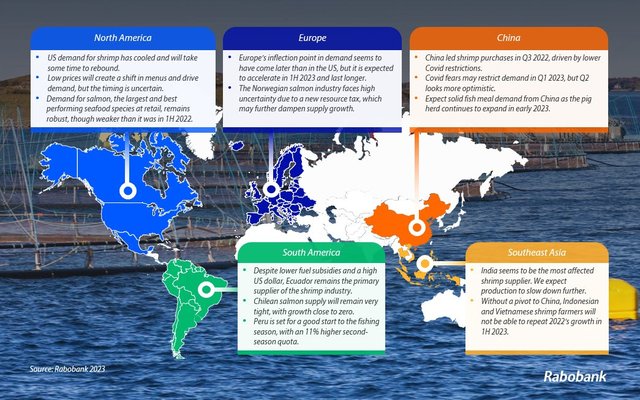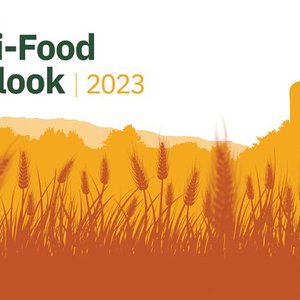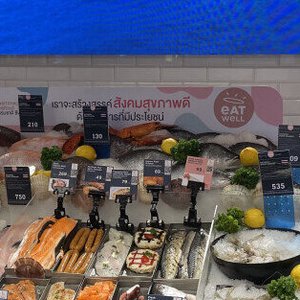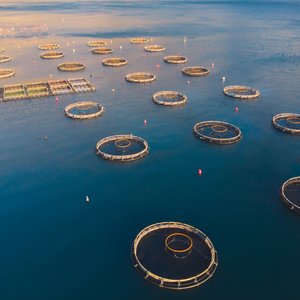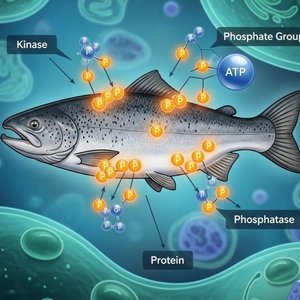According to Rabobank’s latest report on aquaculture, salmon prices are expected to remain high but will fall below 1H 2022’s peak, while low shrimp prices are likely to bottom out in 1H 2023 or later in the year. Fishmeal prices remain supported by good demand and limited supply growth, despite a correction in soy meal prices.
Demand holding firm for salmon and softer for shrimp
Recessionary behavior is established in both retail and food service in both the US and Europe. “Shrimp demand is more affected than salmon, which seems to be resilient,” explains Gorjan Nikolik, senior global seafood specialist at Rabobank.
The firm demand for salmon, combined with tight supply, creates expectations for high prices in 1H 2023. However, costs are also expected to remain high until later in the year.
“Demand for shrimp and fishmeal in China has increased, but it remains an unpredictable factor. China is back as the driver of demand, although its food service industry, at least in early 2023, will be impacted by fears of COVID infection.”
Supply growth remains positive for salmon and shrimp, with some uncertainties
Salmon supply growth in 1H 2023 is expected to return to positive but remain low. The Norwegian government’s proposed tax on the industry introduces a key uncertainty, and if it becomes reality, it will have considerable consequences for the industry.
Shrimp supply growth in 1H will be much lower than in 2022 but will still be positive, mostly due to Ecuador’s expanding production. According to Nikolik, “softer demand for shrimp and high supply have generated a low-price scenario that will persist in 1H 2023. Although costs are below the peak, it is expected to be a very challenging period for shrimp farmers globally.”
In spite of recent corrections in feed commodity, energy and freight costs, overall costs are still high. “Global supplies of fishmeal, and its coproduct fish oil, remain relatively stable. In 1H 2023, possible upsides in Peru and Chile are likely to be balanced by declining supply in Europe,” said Nikolik.


